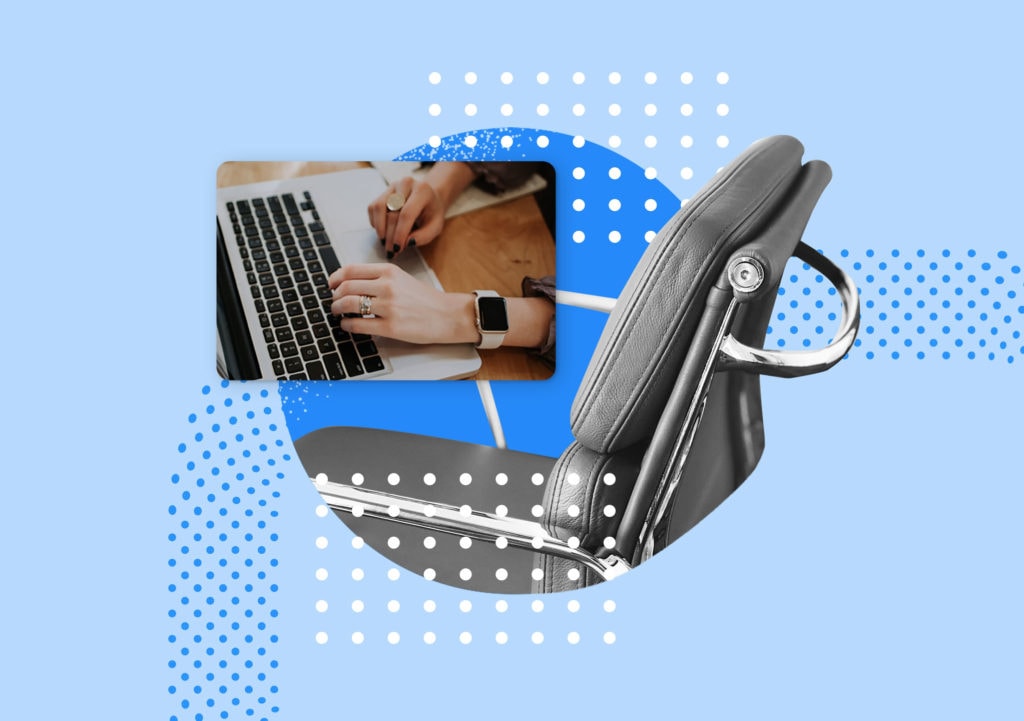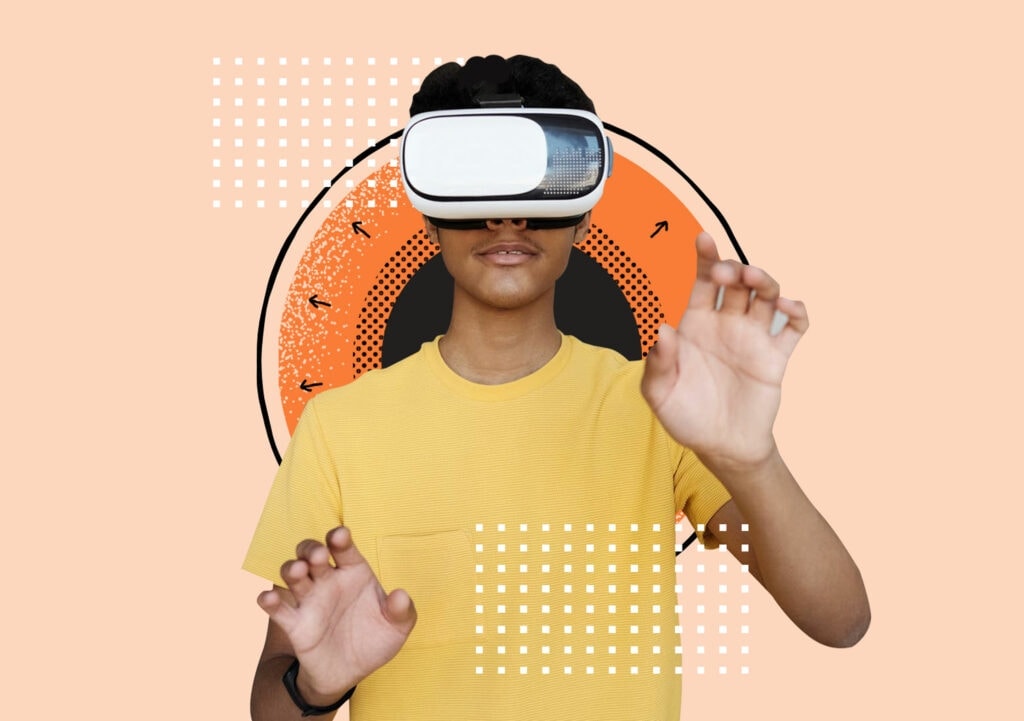Many provinces have recently announced their plans to reopen post-COVID-19. However, many people are experiencing what experts are calling post-COVID anxiety, with more than half of Canadians surveyed (52%) reporting that they are “anxious about going back to how things were before the pandemic”. Even as case numbers drop and restrictions begin to loosen, many employees might not want to return to normal… ever.
In fact, according to another survey, 54% of employees don’t want to go back to the office at all and would prefer to work predominantly from home. These employees have either come to appreciate flexible schedules and their business-on-top-sweatpants-on-the-bottom attire—or they’re still apprehensive about COVID-19.
Whether your employees are worried about a change to their lifestyle or they fear getting sick (or getting someone else sick), your company needs to address all concerns to help alleviate post-COVID anxiety.
The gradual return to work should be just that: gradual.
To use a metaphor: We should start in the kiddy pool, not dive straight into the deep end. There’s been a lot of discussion surrounding the idea of a “new normal”, suggesting that as much as we may want to just put COVID behind us and pretend it never happened at all, that might not be possible.
The reopening plan is based on transmission rates, hospitalizations, and the percentage of the 18+ population that has received their first vaccination dose. But beyond the numbers, individual comfort levels will vary. Some employees may want to continue wearing masks and social distancing well past the final stage of reopening, while others may be fine to jump right back into their pre-COVID routines.
This past year has been filled with losses and it’s natural to feel a sense of grief even if all you’ve lost is time.
In March 2020, The Harvard Business Review wrote an article on how the discomfort everyone was feeling around COVID-19 was actually collective grief stemming from the “loss of normalcy; the fear of economic toll, [and] the loss of connection”. More than a year later, it’s evident that the pandemic restrictions and changes to daily routines are going to have far more lingering effects than we imagined.
Anticipatory grief—defined by Healthline as feelings of loss to come and a “sense of fearful anticipation”—can be a huge source of anxiety for people. A big part of overall COVID anxiety has been about feeling a loss of control and not knowing when the pandemic will end. Post-COVID anxiety, on the other hand, is a response to everything we’ve experienced in the past year and not being certain how to safely move forward.
An essential component of dealing with any sort of grief is being able to recognize it. Grief doesn’t always present itself as grief—it can be expressed as anger or anxiety, both of which are secondary emotions. Secondary emotions are described as feelings we experience as a response to other emotions, such as feeling angry because of grief. HealthyPsych notes that secondary emotions are used as a means to avoid feelings of sadness or loss of control.
As an employer, it’s important to have open conversations about mental health and wellness with your employees, and connect them with resources and professional help.
Employers have a responsibility to address post-COVID anxiety for their employees.
HR teams and leaders should stay on top of current restrictions and reopening procedures, ensuring that they’re following all local regulations at any given time. Additionally, they should check in with their employees regularly, either through 1:1s or pulse surveys to get a better understanding of sentiment and morale within the company.
Many people are experiencing post-COVID anxiety. They’re unsure about being in shared spaces again, not wearing masks, and potential new COVID strains and outbreaks that could send us back into lockdown. It’s important to listen to and take into consideration your employees’ concerns as your organization gets ready for the gradual reopening of workplaces.



